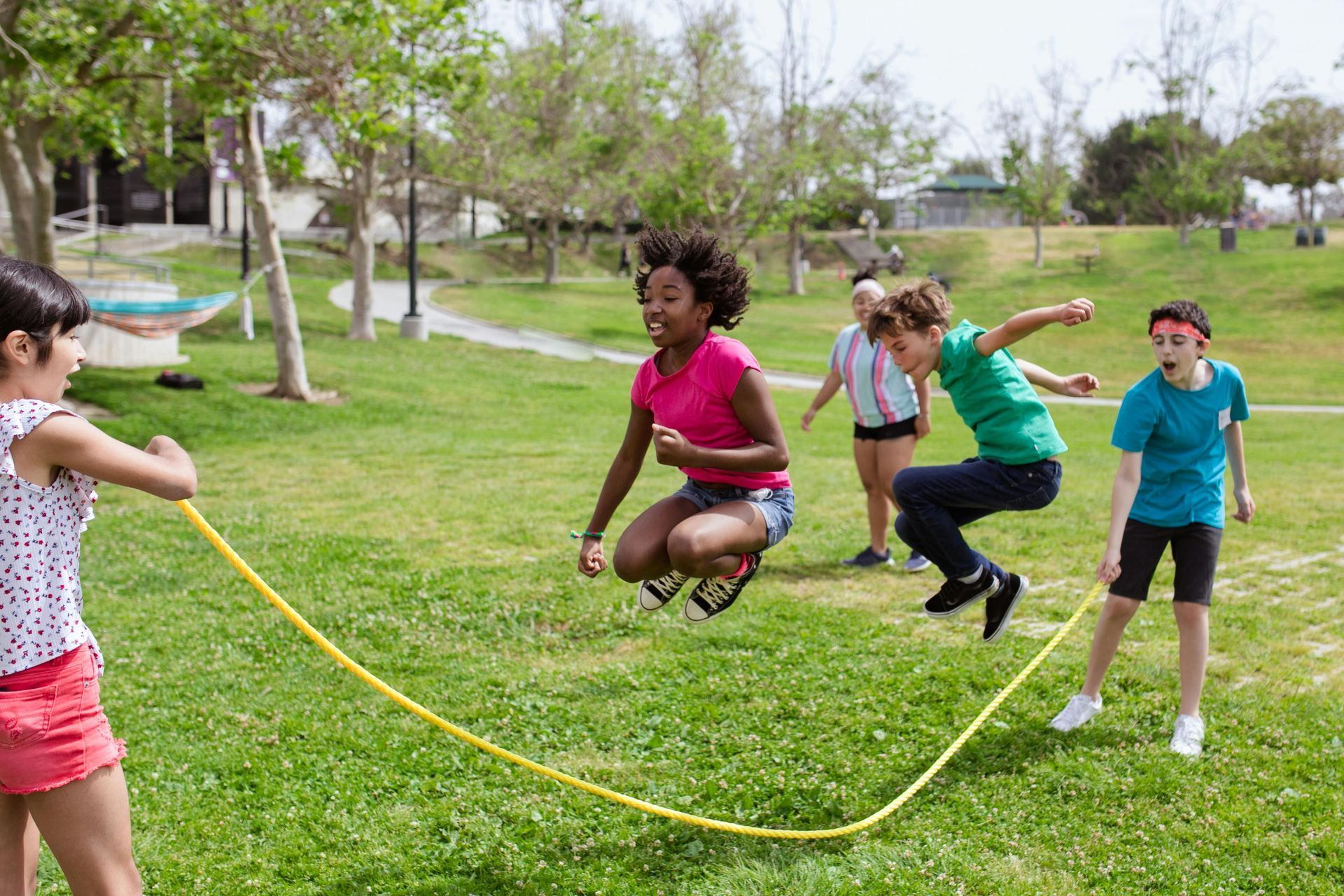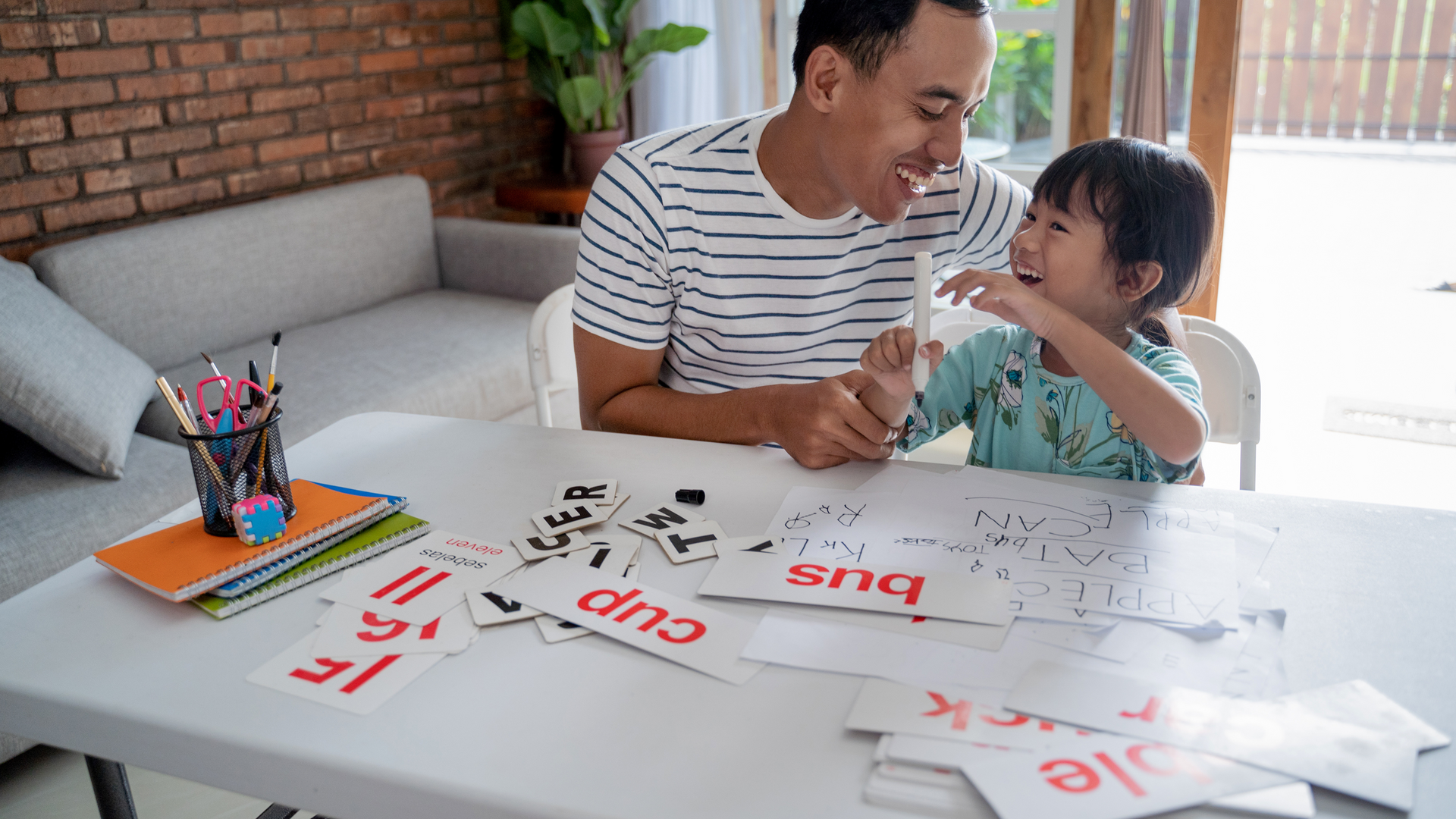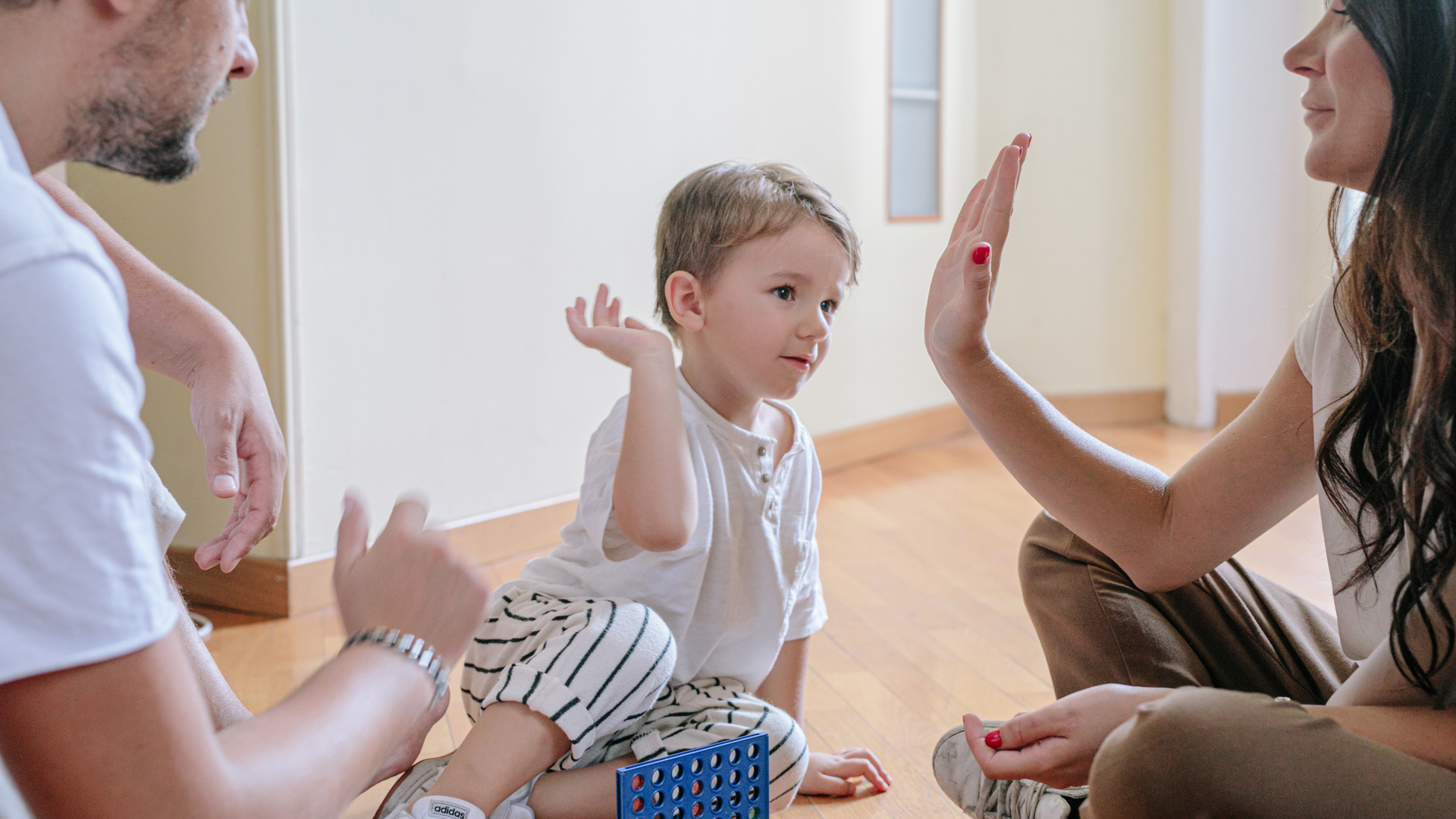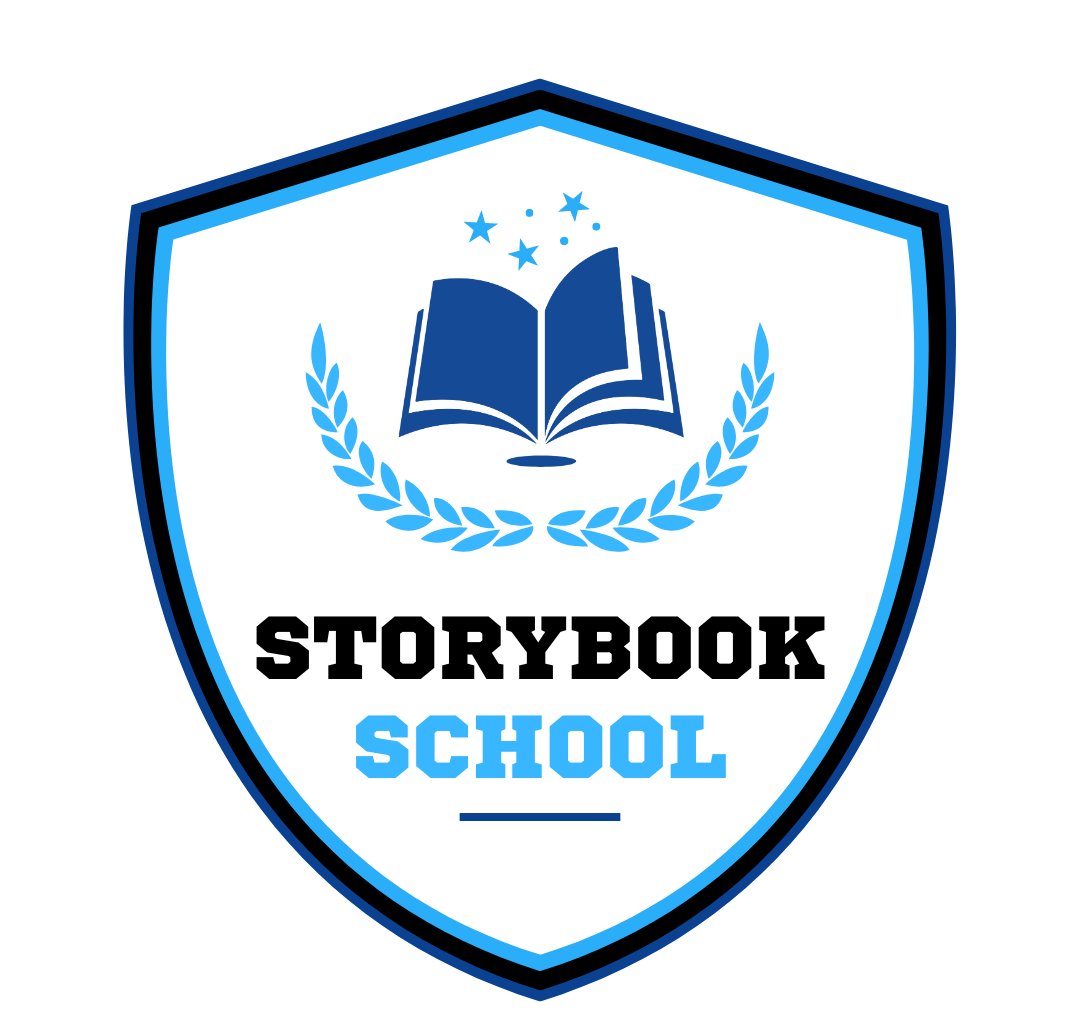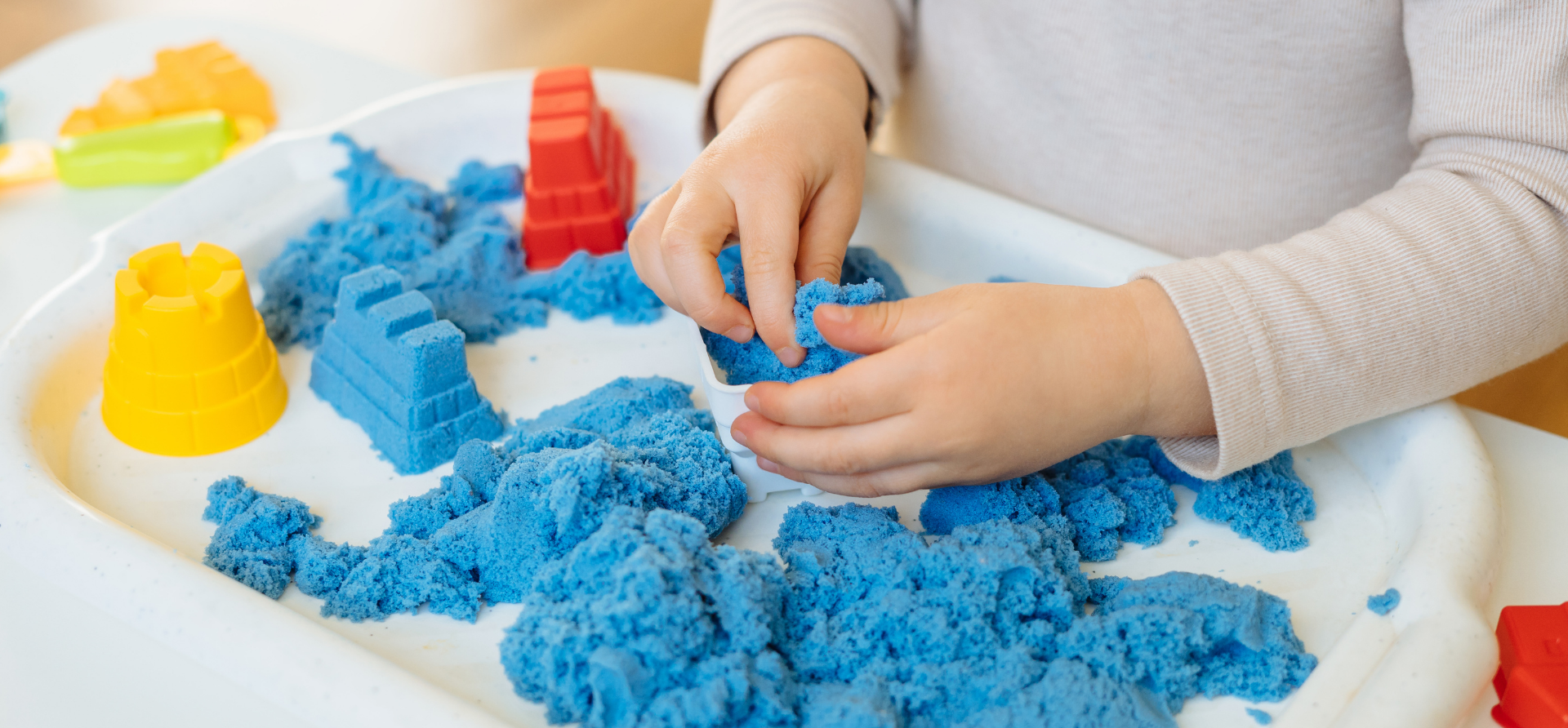Storybook Families: Real Voices from Our School Community
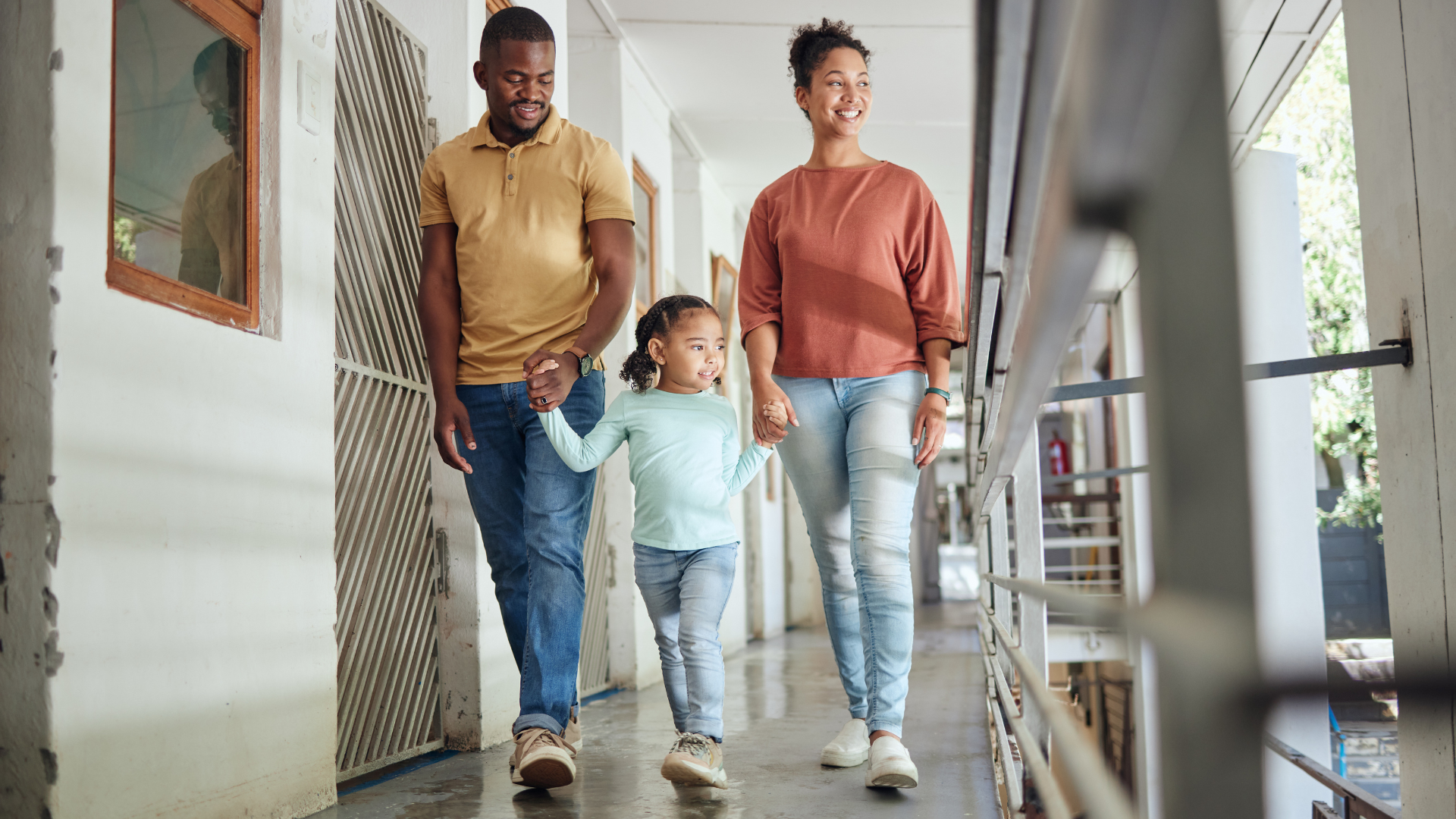
At Storybook School Orlando, we believe that every family has a story, and every voice matters. The heart of our school is not just in our classrooms, but in the vibrant, diverse community of families that walk through our doors each day. These families are our partners, our collaborators, and often, our greatest champions. In this blog post, we share real stories and testimonials from parents who have found not only a school, but a second home here at Storybook. Their words provide a window into what makes our preschool experience unique, meaningful, and deeply personal.
Finding the Right Fit: The Search for a Preschool
For many families, the journey to finding the right preschool can feel overwhelming. Parents often ask: Will my child feel safe? Will they be nurtured? Will they be prepared for kindergarten and beyond? These are the questions that guided Jessica and Mark, parents of three-year-old Ella, in their search.
"We toured several schools in Orlando before discovering Storybook. The moment we walked in, we could feel the difference—the warmth, the attentiveness of the staff, and the joyful energy of the children. It wasn’t just about academics; it was about emotional development, creativity, and connection. We knew we had found our place."
Like many other families, Jessica and Mark found that their decision went beyond just proximity or curriculum—it was about finding a community that aligned with their values.
From Nervous First Day to Confident Learner
Starting preschool is a major milestone, and it can come with big emotions—for both children and parents. Amanda, mom to two-year-old Noah, remembers how nervous she felt on his first day.
"Noah had never been away from me for long periods of time, and I was anxious. But his teacher welcomed him with such kindness, and I received updates throughout the day, including a photo of him smiling while playing. It gave me so much peace of mind. Now, just a few months later, he runs into school with excitement. He’s made friends, learned songs, and even started using the potty—all thanks to the supportive environment at Storybook."
Noah’s experience reflects the transformative power of a nurturing early childhood environment. When families and teachers work together, children gain confidence, independence, and joy in learning.
A Family-Oriented Culture
One of the themes we hear most often from Storybook families is how much they value our school’s inclusive, family-centered approach. We don’t just welcome parents at drop-off and pick-up—we invite them into the life of the school.
Carlos and Mia, parents of four-year-old twins Leo and Lucas, shared how important this connection was for them.
"Being a part of Storybook means being part of something bigger. We’ve attended reading nights, holiday performances, and parent workshops. We’ve had real conversations with teachers about our kids’ progress and personalities. We’ve met other parents who’ve become close friends. It truly feels like a village raising our children together."
We believe that strong family-school partnerships create a solid foundation for children’s growth—and these partnerships are at the core of everything we do.
Celebrating Each Child’s Unique Story
No two children are alike, and at Storybook, we celebrate that. Our individualized approach to learning means that we honor each child’s strengths, interests, and developmental path.
Elena, mother to five-year-old Maya, expressed how this personalized attention made all the difference.
"Maya is very curious and loves science. Her teachers noticed this right away and incorporated science activities into her week—experiments, nature walks, even a mini volcano! They really see her for who she is and help her shine. That level of attention and care is priceless."
At Storybook, we don’t believe in a one-size-fits-all approach. We recognize that every child’s story is unique—and we’re here to help them write it, one joyful day at a time.
Preparing for Kindergarten and Beyond
While play, creativity, and social development are central to our philosophy, we also prepare our students academically. The transition to kindergarten is a big step, and we ensure our children are ready to thrive.
Michael, dad to six-year-old Olivia, looks back on their preschool experience with gratitude.
"When Olivia started kindergarten last fall, her teacher immediately commented on how prepared she was—not just with letters and numbers, but with her ability to follow directions, express her feelings, and work well with others. Storybook gave her an incredible foundation, and we’re so thankful for the role it played in her development."
Our goal is to help every child grow into a confident, curious learner who is ready for the challenges and opportunities ahead.
The Power of Real Stories
There’s something powerful about hearing directly from families who have walked the preschool path before you. Their experiences offer insight, reassurance, and inspiration. Whether you’re considering childcare for the first time or exploring your options for the coming year, these real voices highlight what makes the Storybook community so special.
And if you’re still deciding on the best timing for your child, we invite you to read our posts on "Is Daycare All Year Round? Here’s the Truth" and "What’s the Best Age to Start Childcare?" to help guide your journey.
Join the Storybook Family
At Storybook School Orlando, we are more than a preschool. We are a community of families, educators, and children growing and learning together. The voices shared in this post are just a few among many who have found a second home with us.
If you’re looking for a place where your child will be loved, challenged, and celebrated—and where you as a parent will feel included and supported—we invite you to become part of our story.
Reach out to schedule a tour, meet our team, and discover the difference of a preschool that sees your whole family as part of the learning journey.
Welcome to Storybook School Orlando. Your story begins here.





